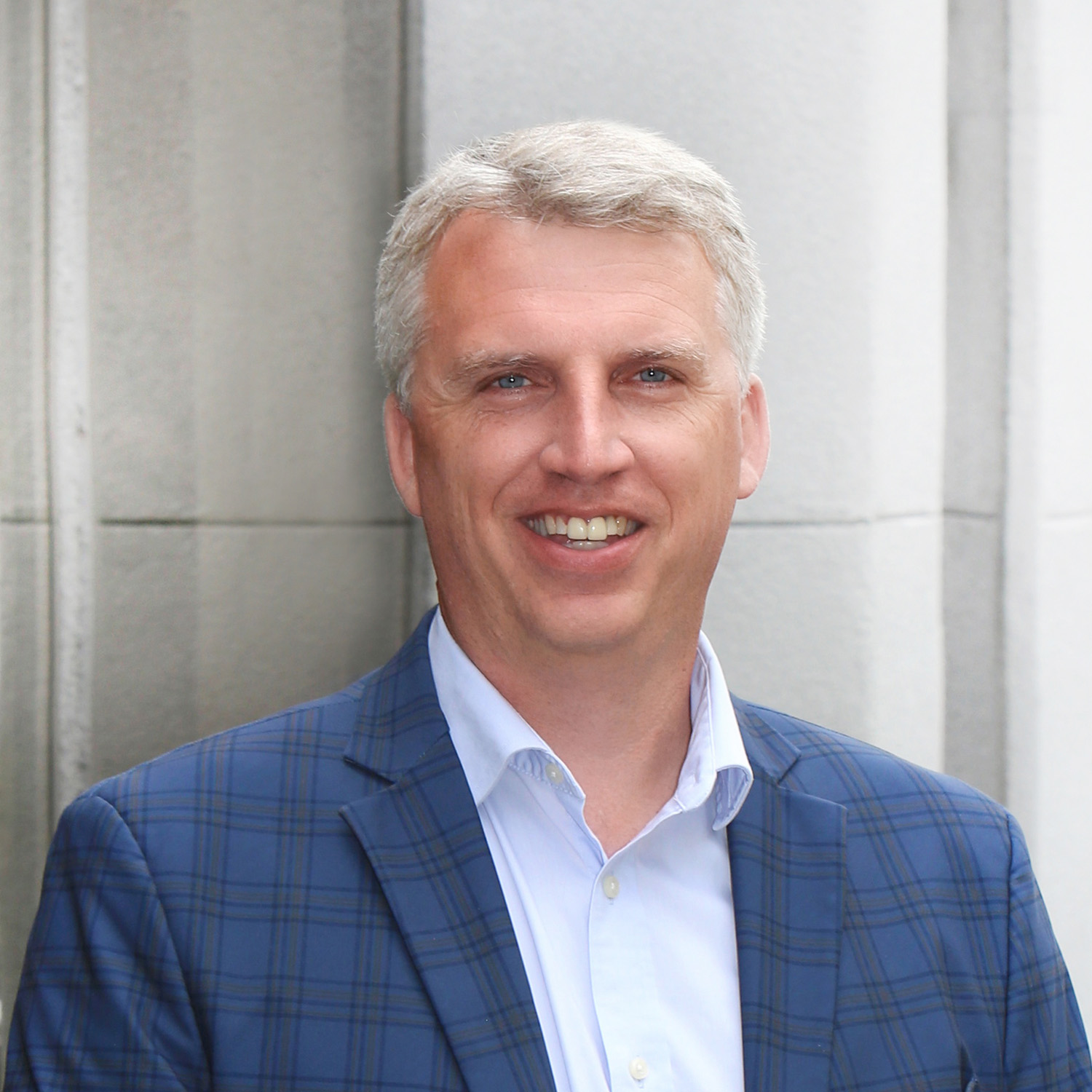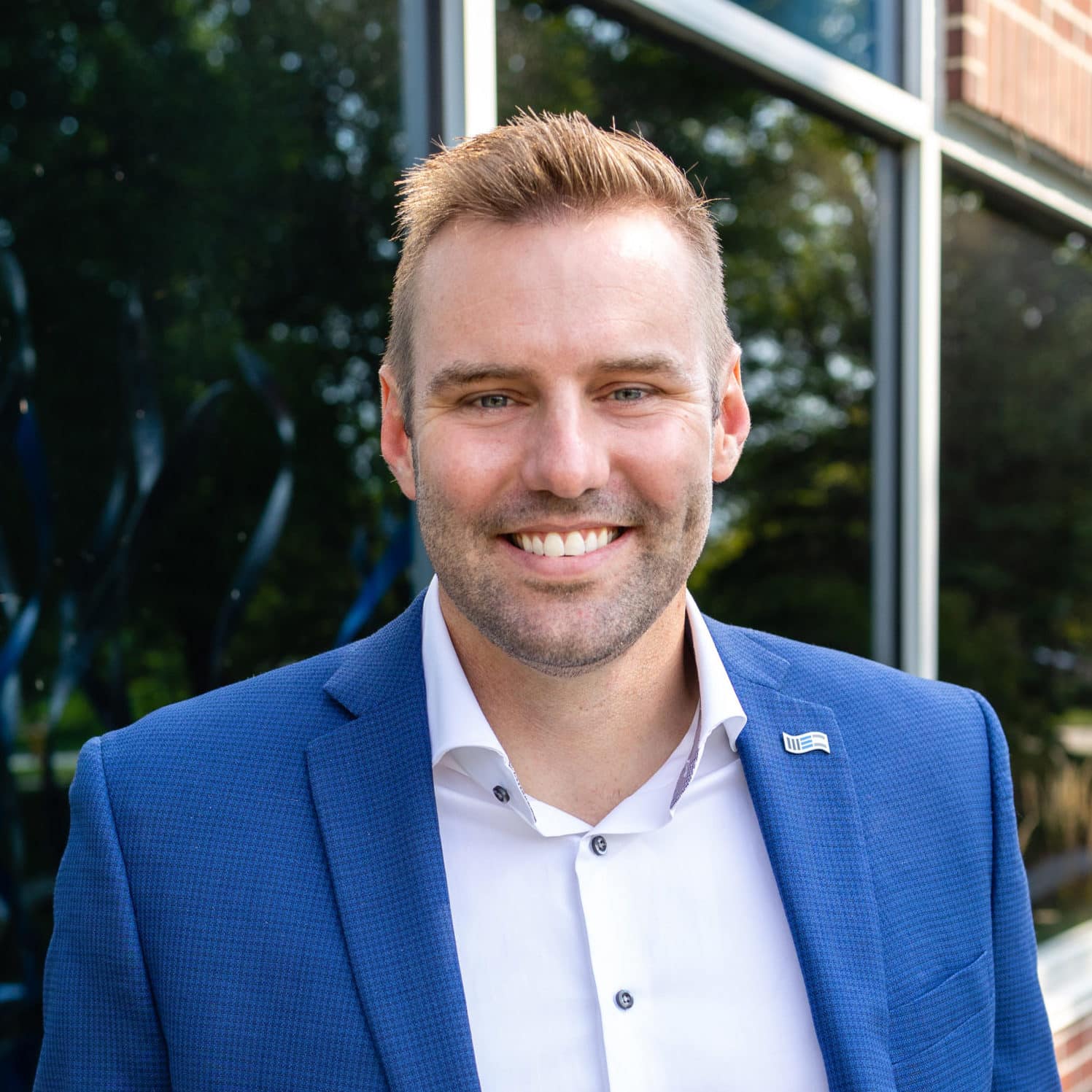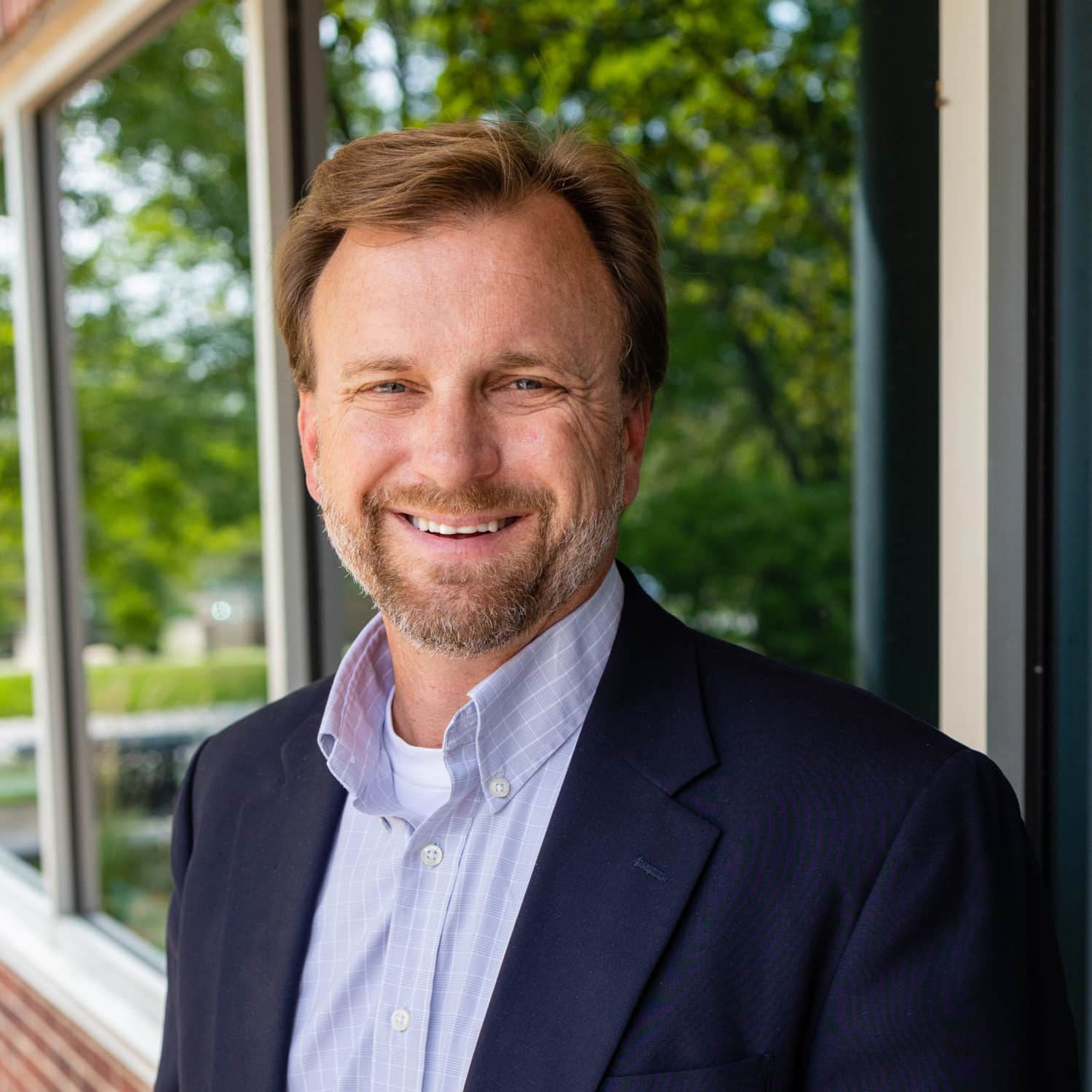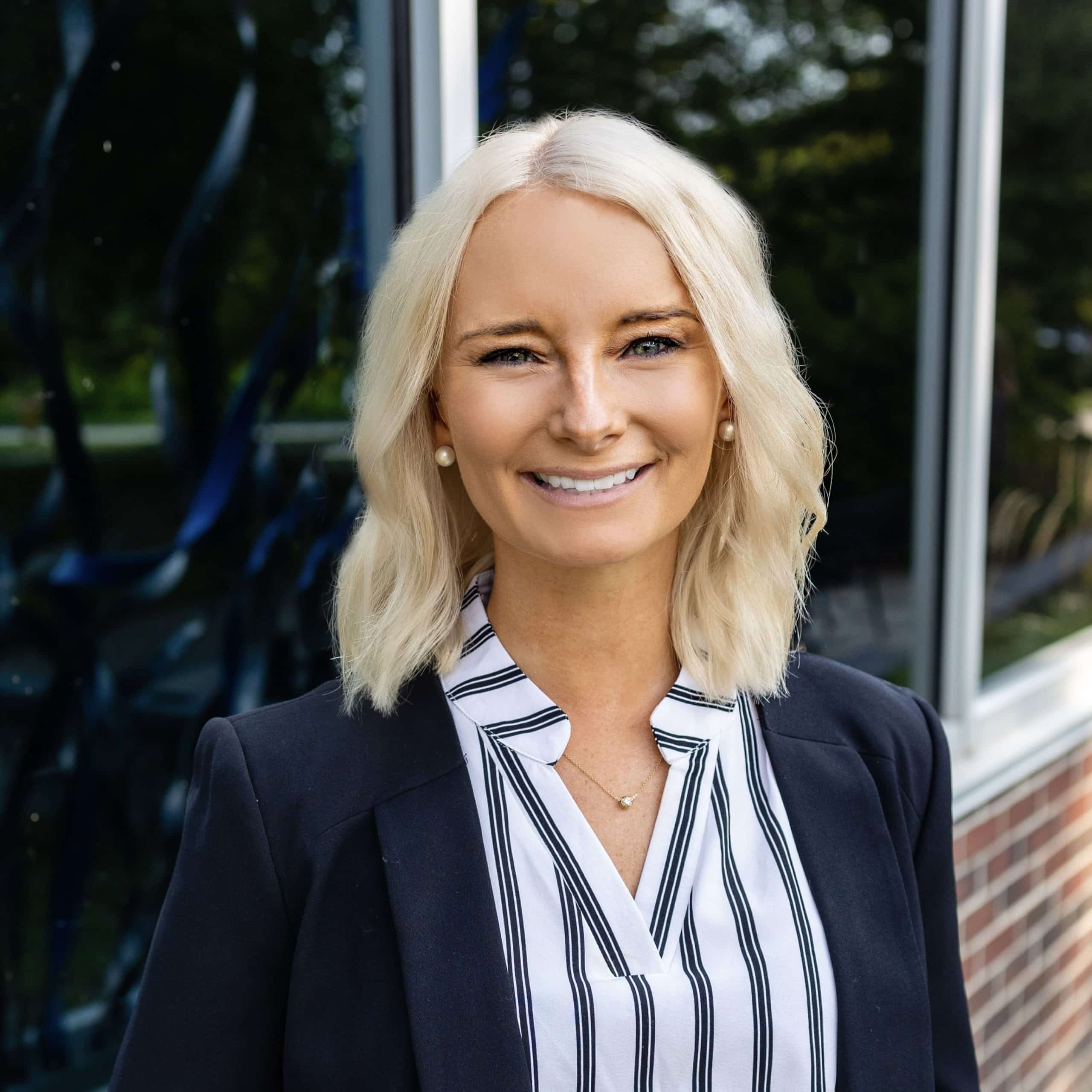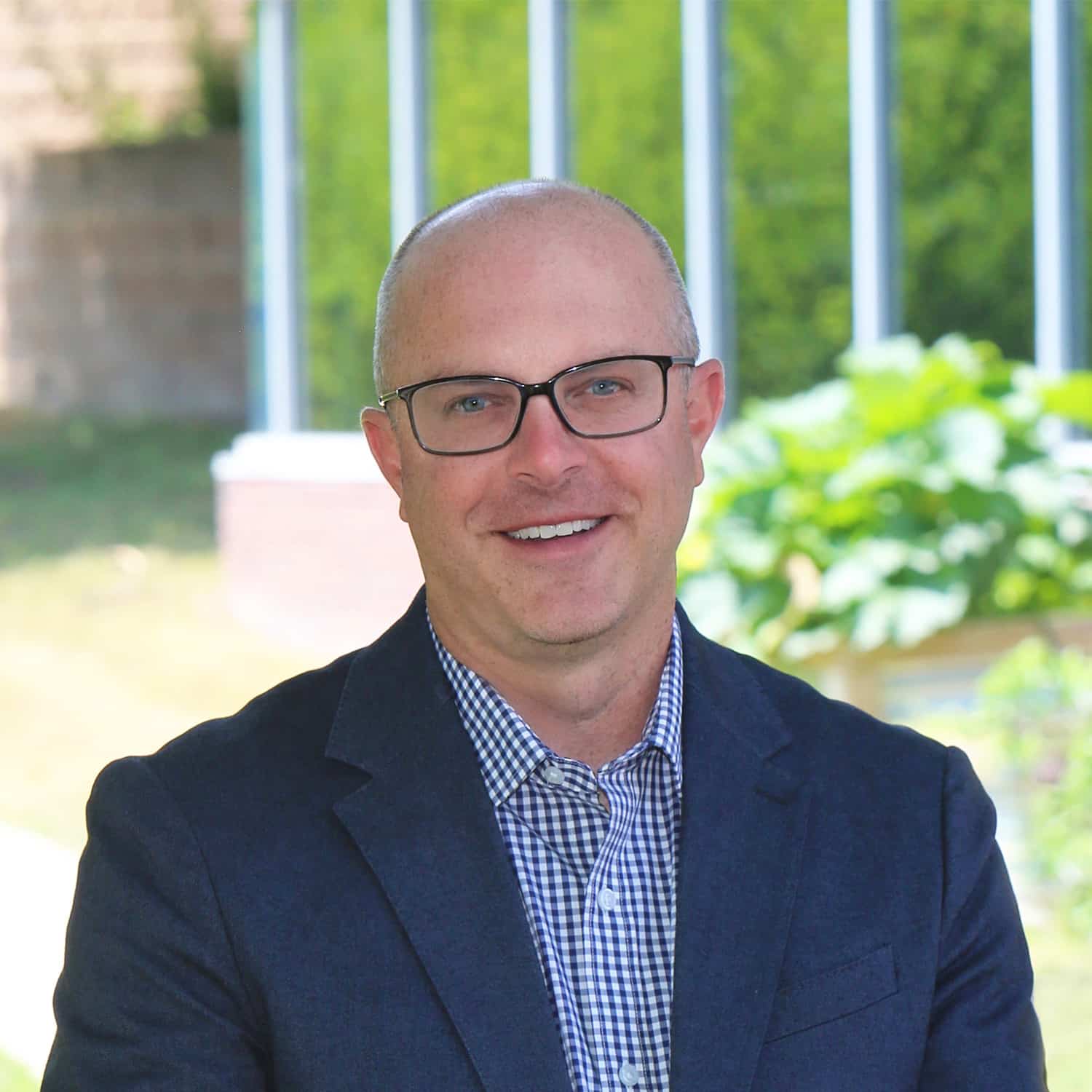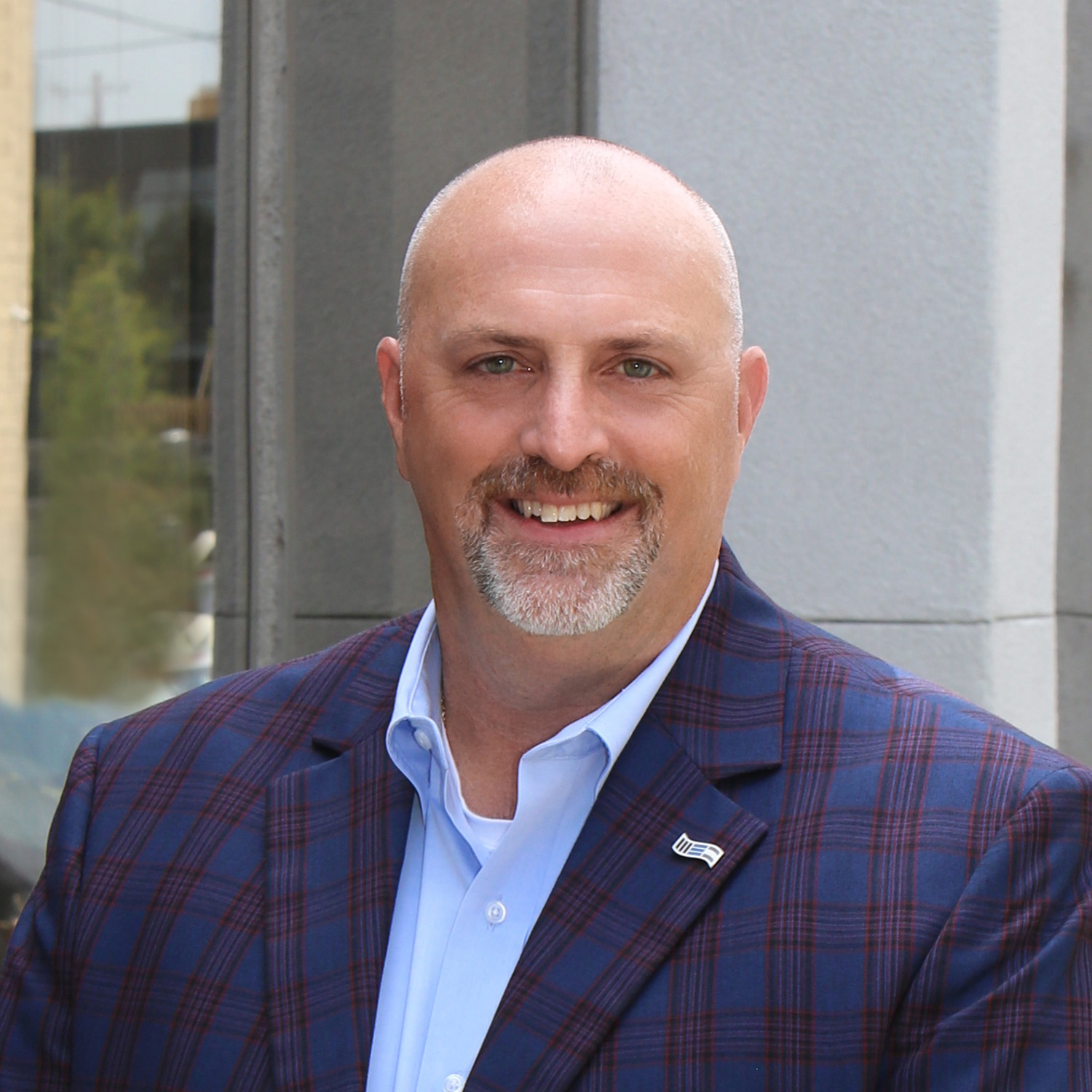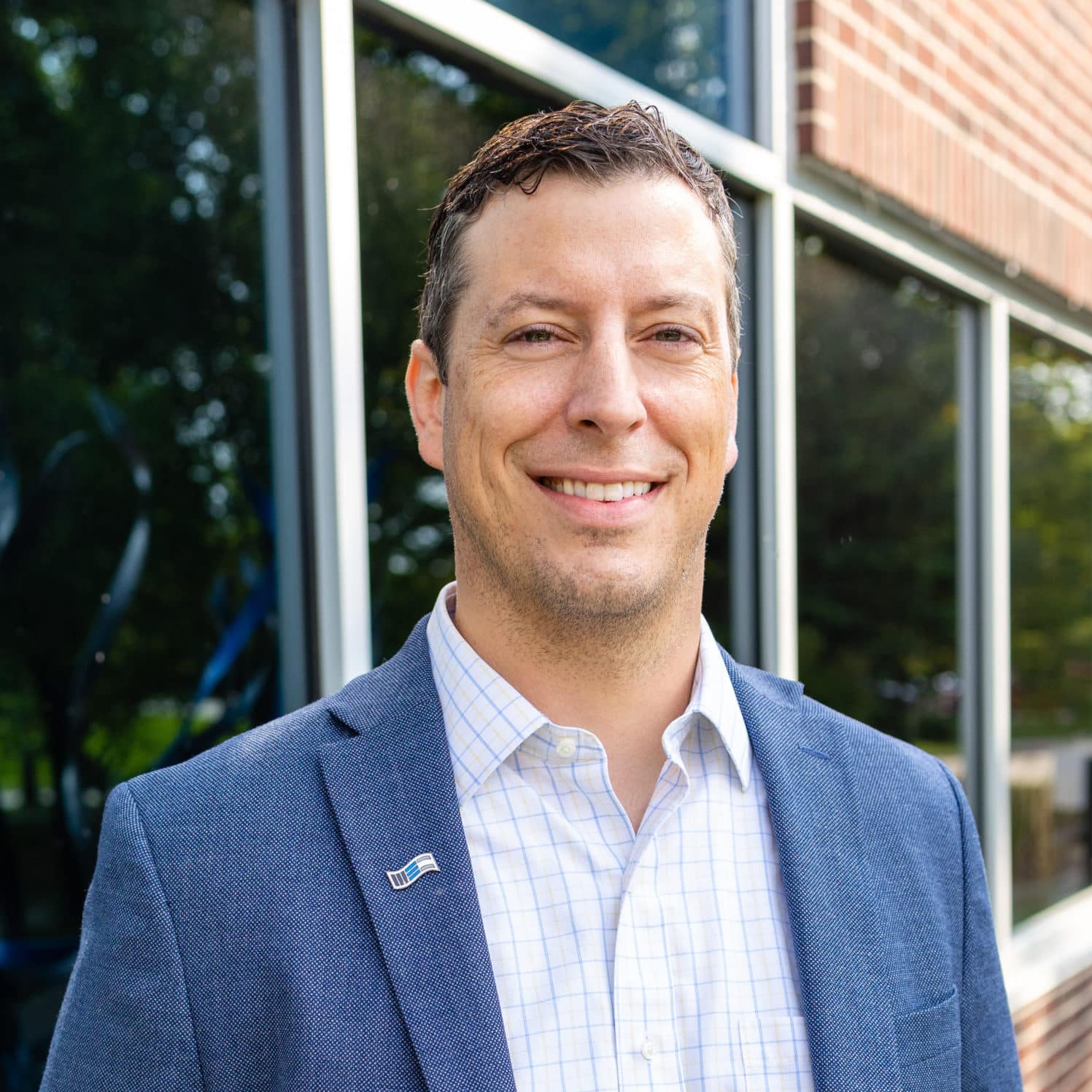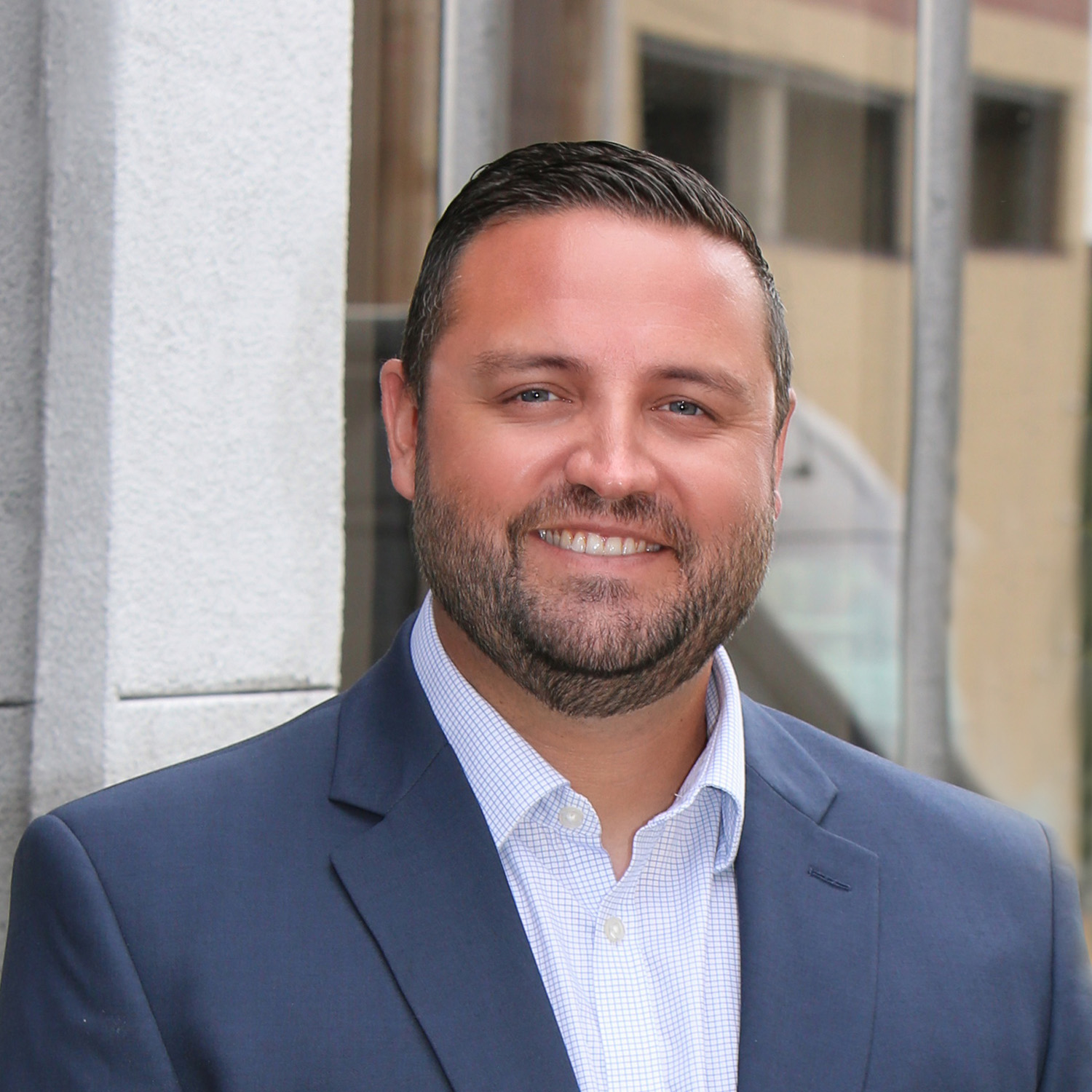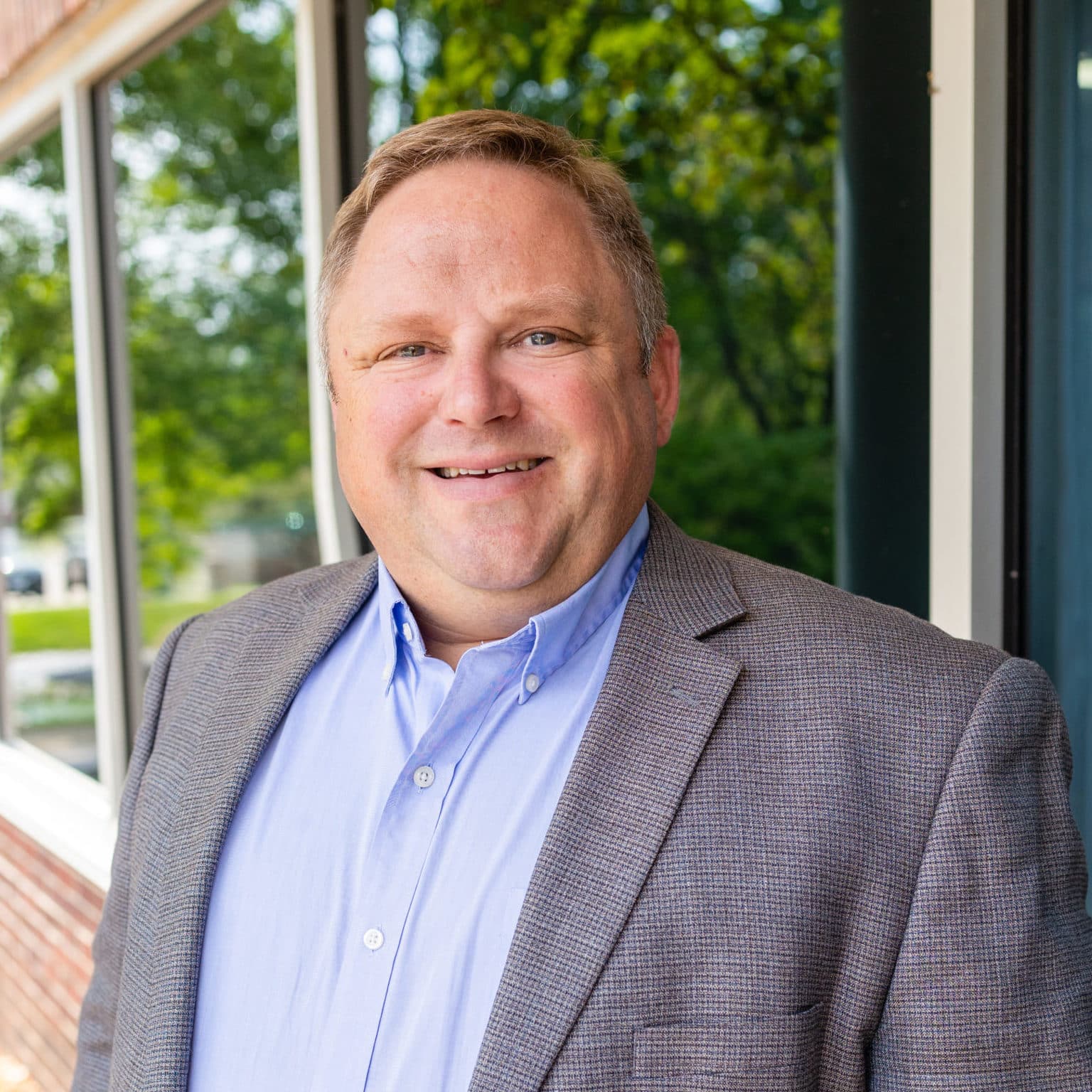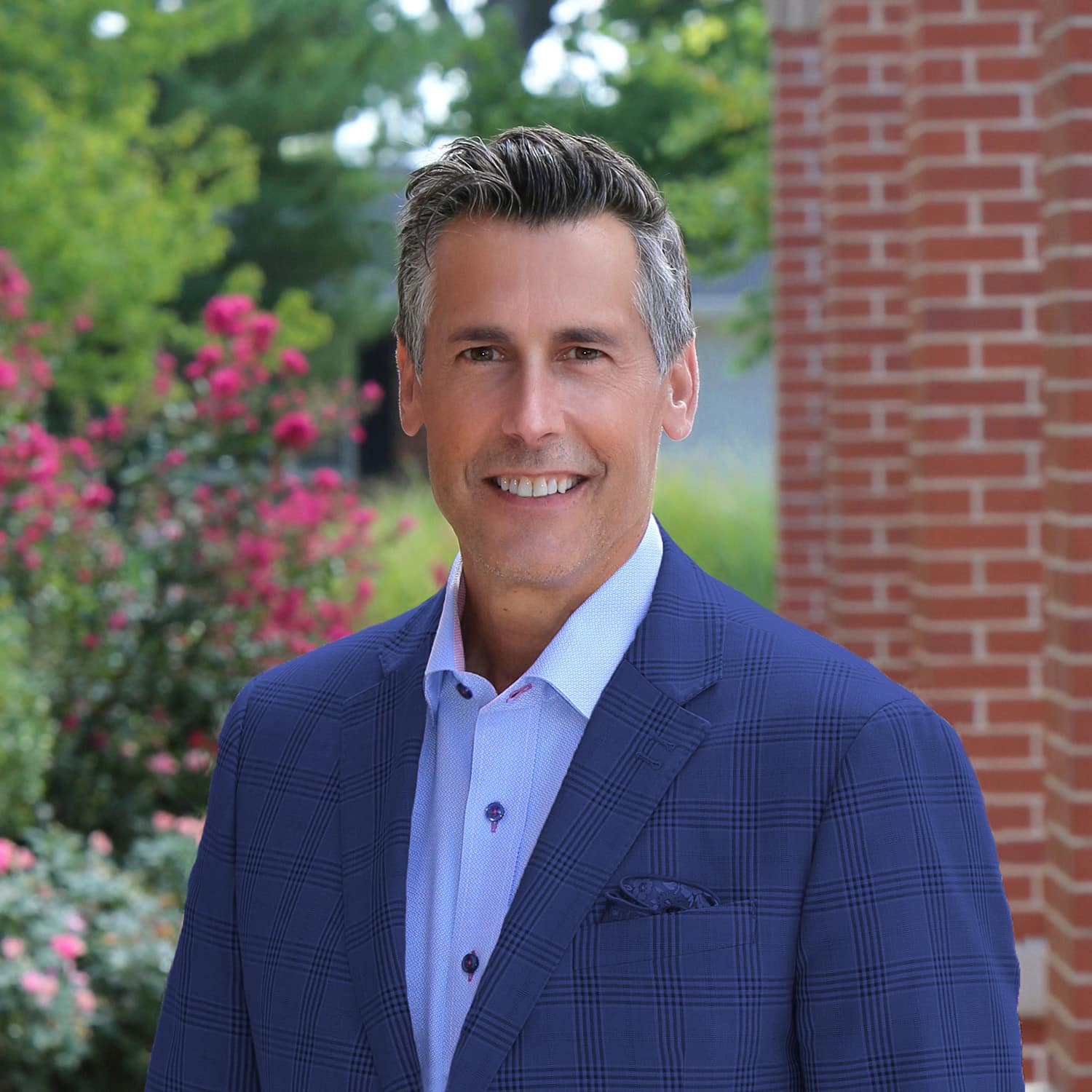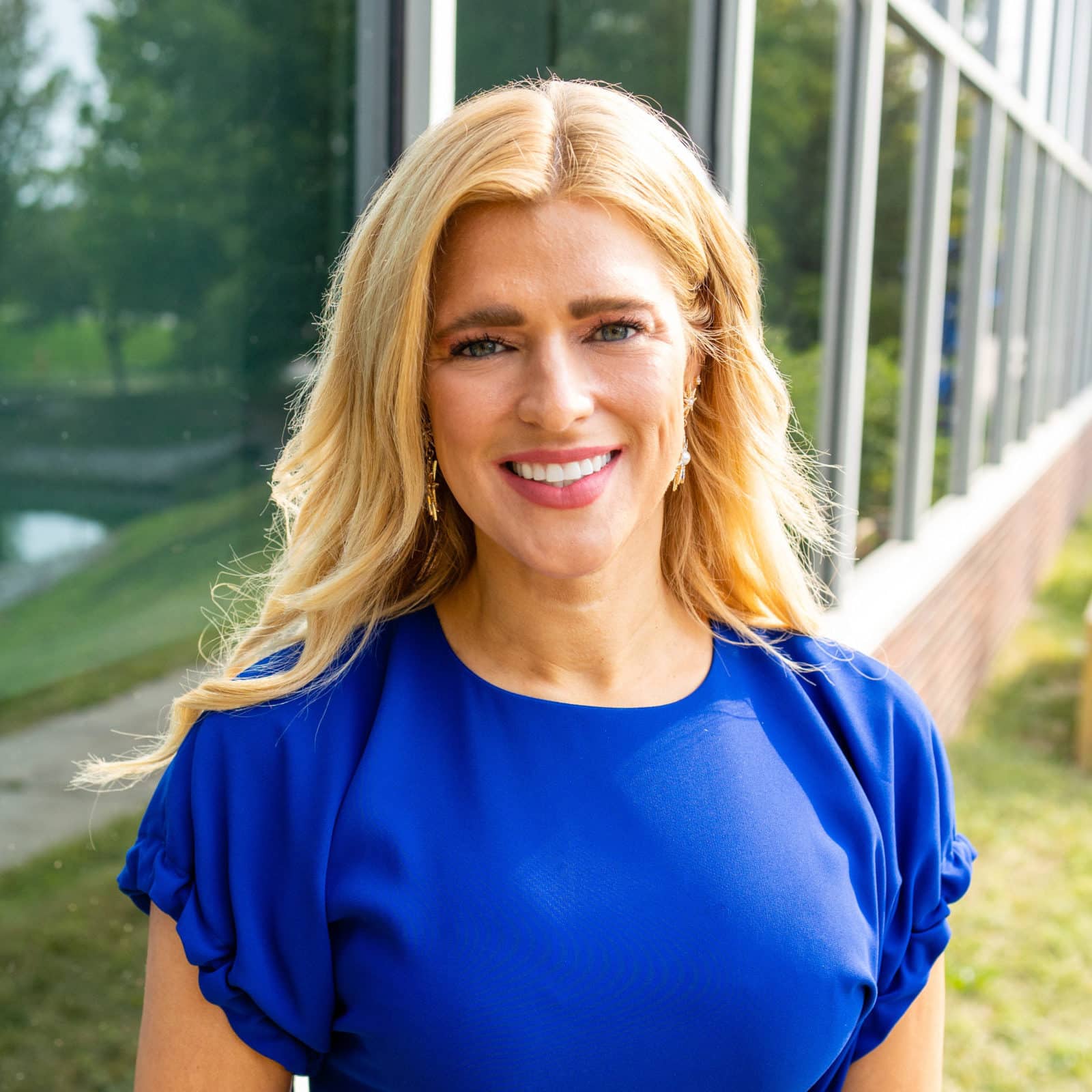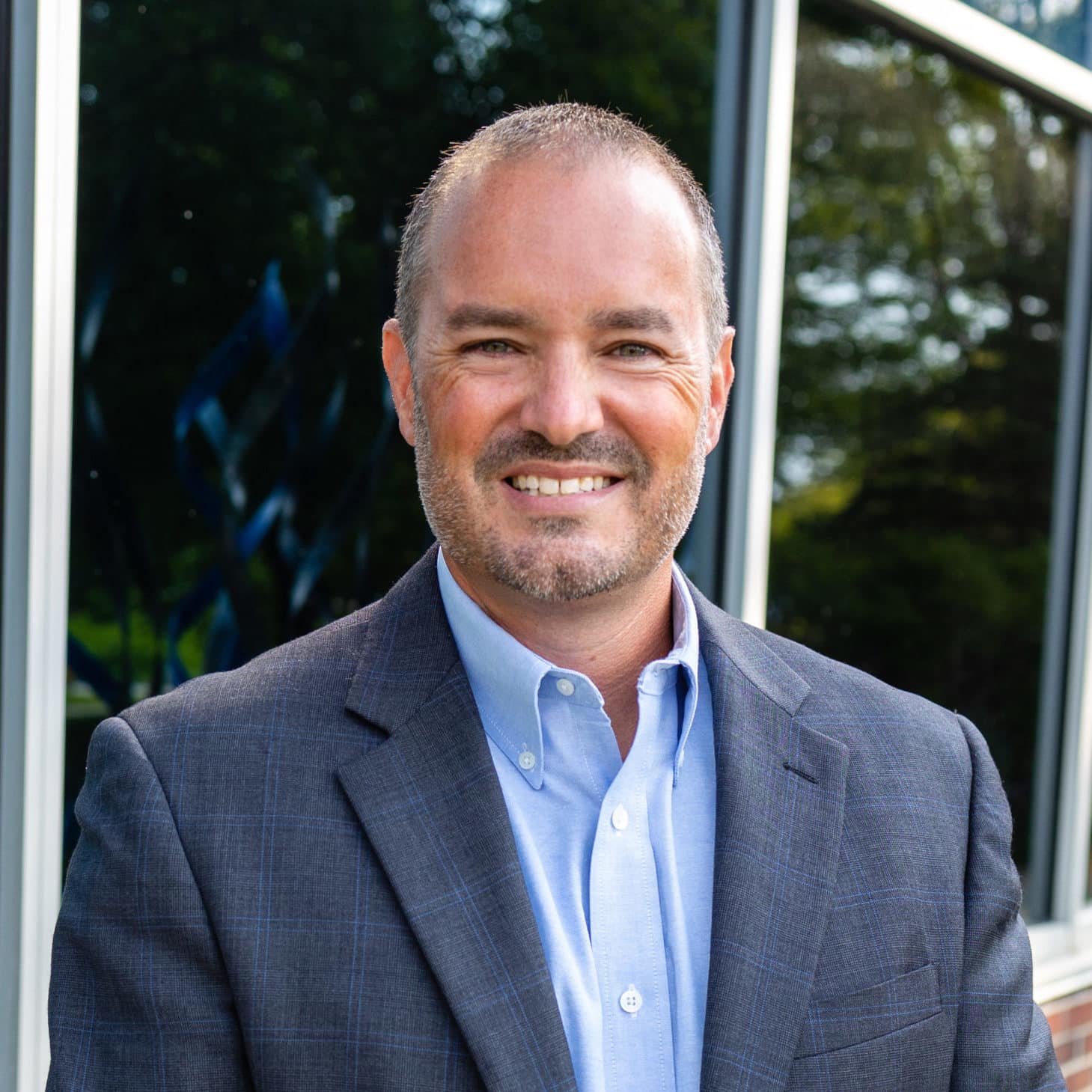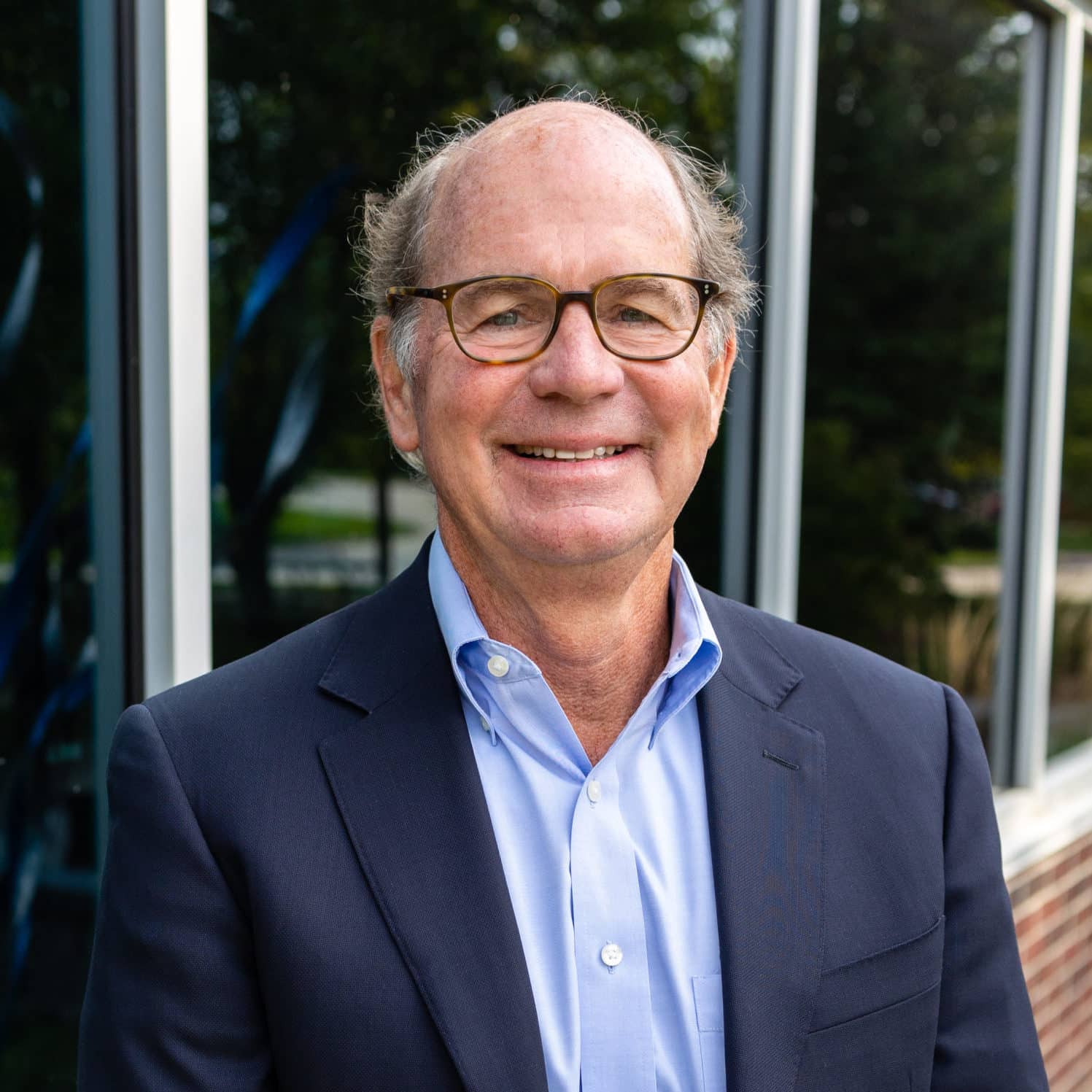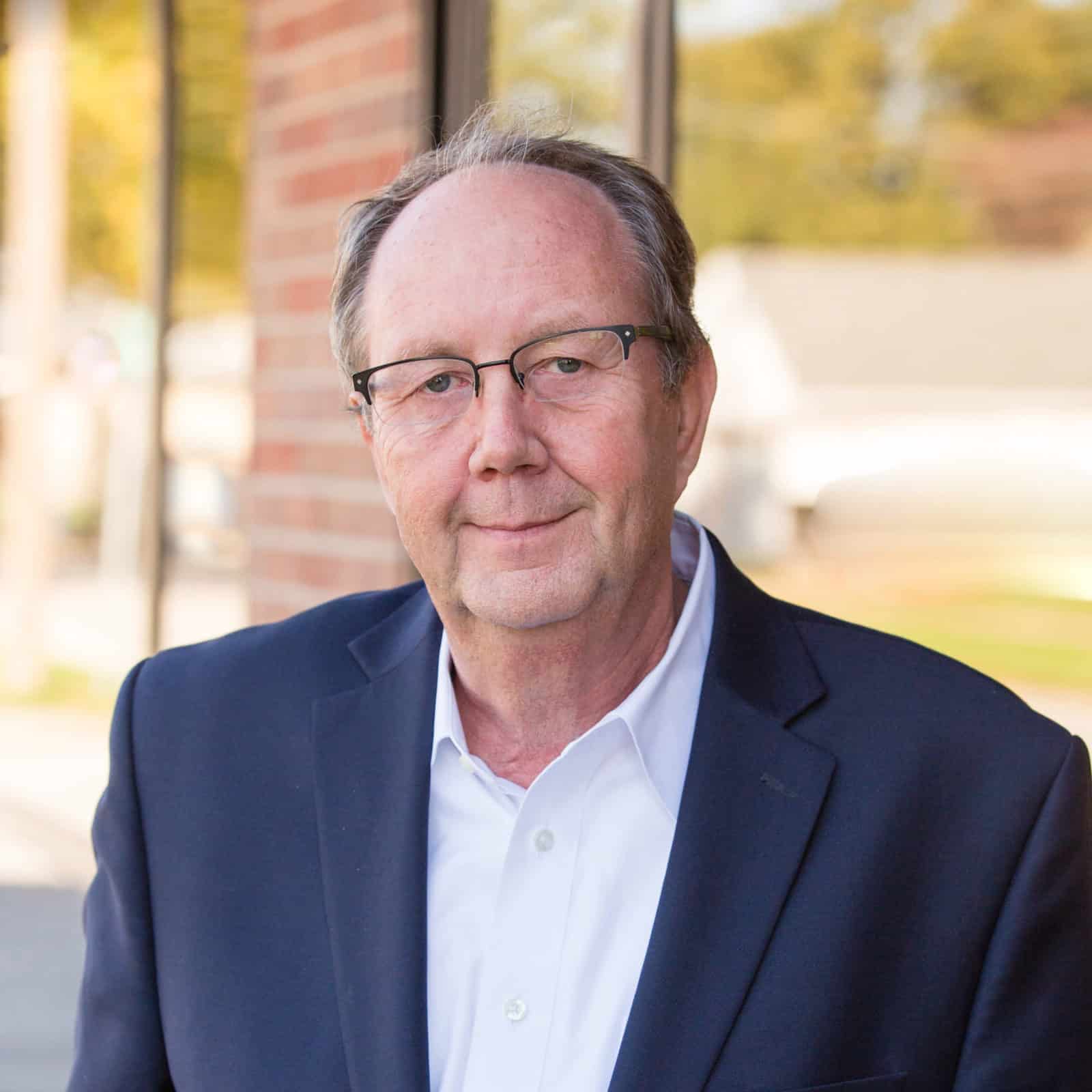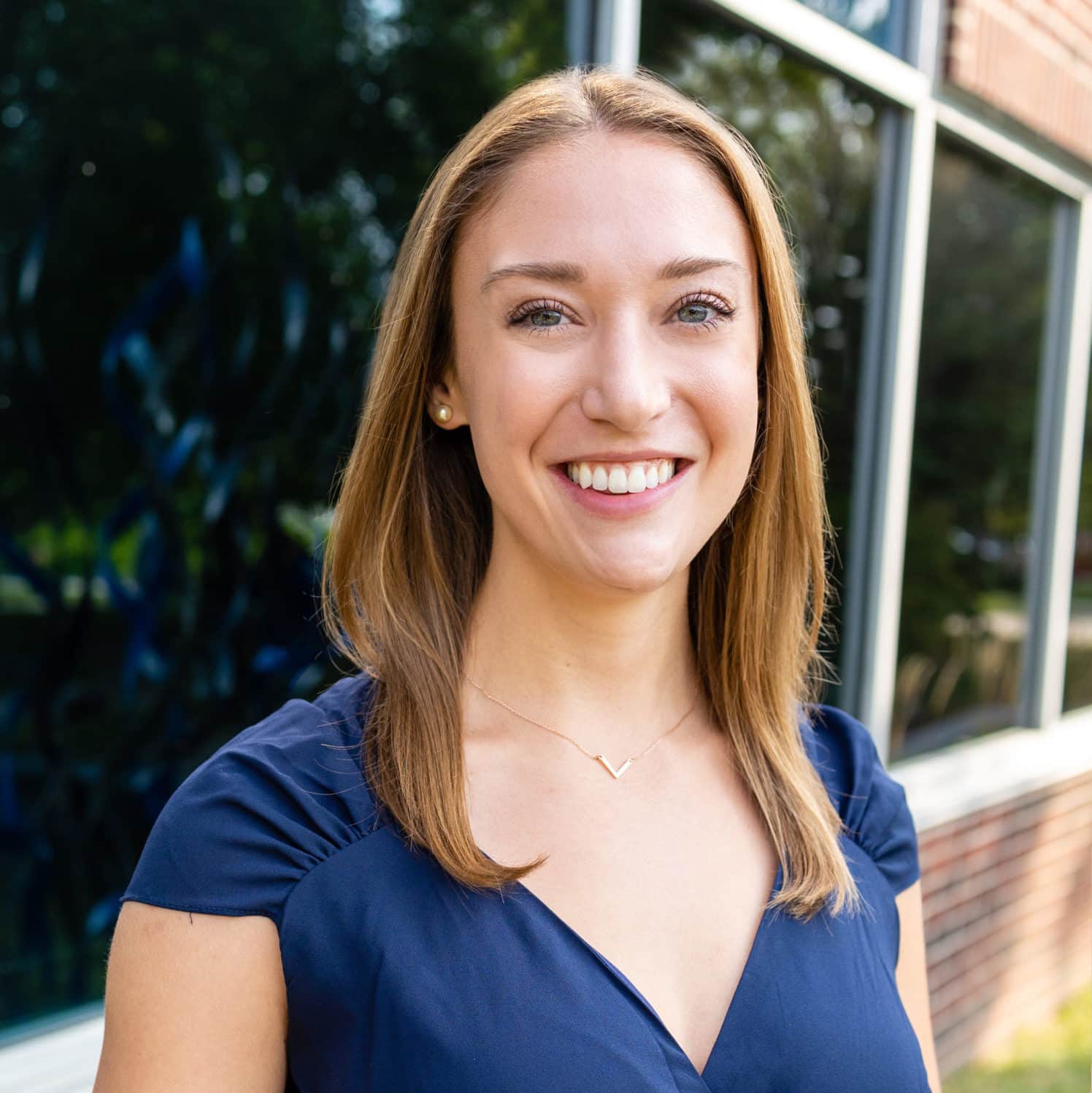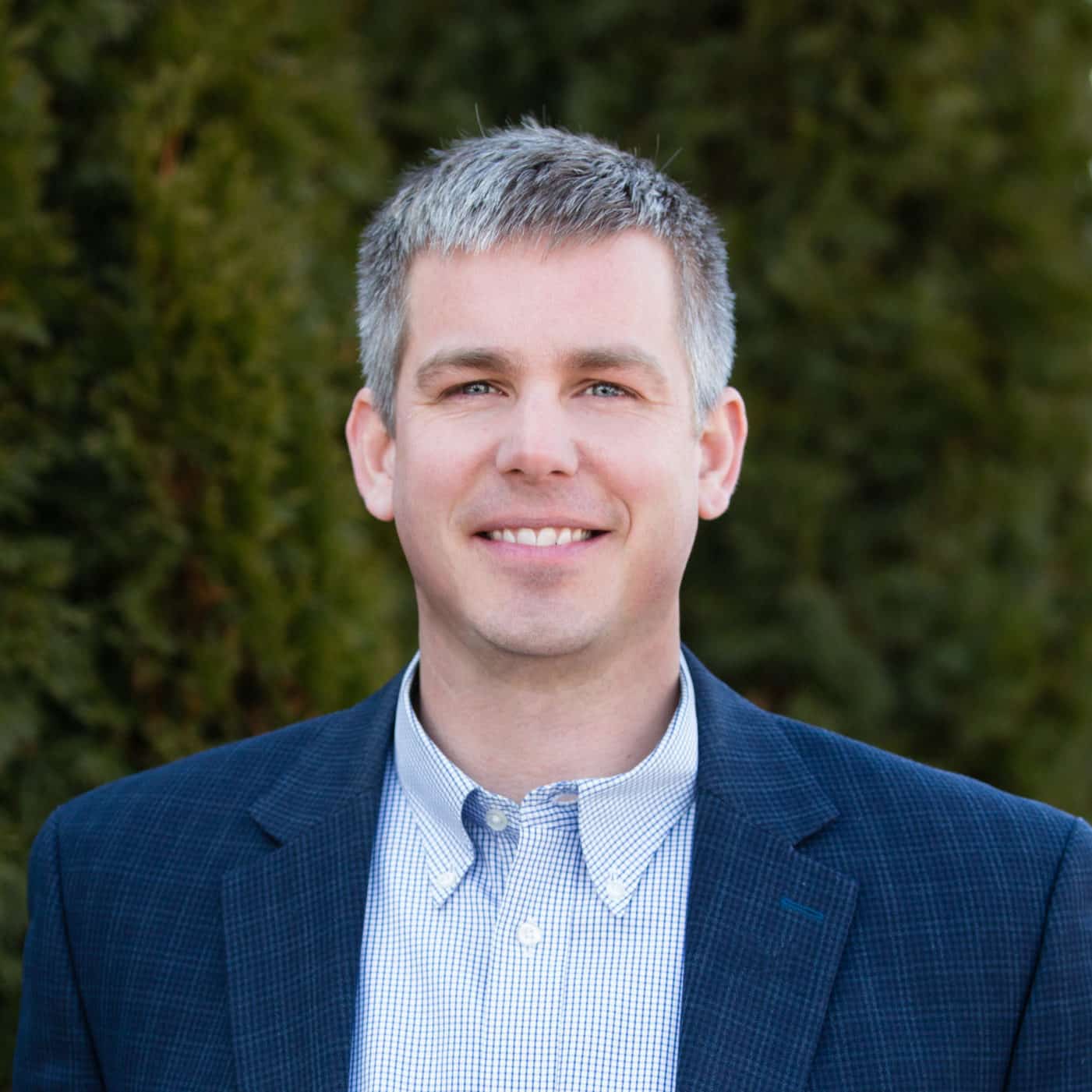For nearly 10 years, the American Society of Civil Engineers has been touting its Vision 2025 roadmap for civil engineering, preparing global engineering organizations for the future of the field. The Vision for Civil Engineering in 2025 report sees civil engineers as master planners, designers, and constructors; stewards of the natural environment; innovators and integrators of technology; managers of risk; and leaders in shaping public policy. To rise to a new level of leadership and professionalism, civil engineers should exhibit mastery in five key areas:
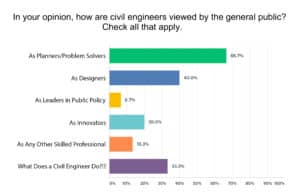
Chart 1: SKW Engineers weigh in on the public’s view of civil engineers.
Master Builders: As planners, designers, constructors, and operations, civil engineers will lead multi-disciplinary teams of professional engineers, technologies, and technicians with your expanding knowledge and skills.
Stewards of the Environment: Civil engineers will introduce new technology, techniques, and financial methods for sustainable planning, design, construction, operation, and maintenance. They will routinely encourage owners to adopt new, sustainable approaches to the built and natural environment.
Innovators and Integrators of Technology: Civil engineers will define the strategic research direction for leading-edge infrastructure and environmental technologies and promote faster application of new approaches. Multi-national knowledge exchange will become the staple, along with faster integration of technology through partnerships.
Managers of Risk: By gaining mastery in assessing and managing risk and forge new tactics for reducing the incidence and effects of natural and man-made disasters, civil engineers will lead enterprise-wide risk management efforts and routinely make project-specific risk decisions while communicating options to all stakeholders.
Leaders in Public Policy: As public policy leaders, civil engineers will serve as opportunity finders and problem solvers. They will be the go-to professionals for insights on public policy decisions that shape the built and natural environment.
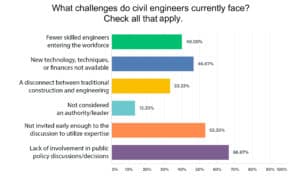
Chart 2: MEC engineers share their challenges.
But how can Vision 2025 be achieved? We asked McClure Engineering Company’s (MEC) engineering team how engineers are currently viewed by the public, the challenges they currently face, and what their views are on the future of engineering.
Although the majority of MEC engineers said the general public sees civil engineers as planners/problem solvers, they are also seen as designers and innovators. More than one-third said the general public is unsure what a civil engineer does (Chart 1).
Our civil engineers are faced with a number of challenges (Chart 2), the biggest being their lack of involvement in public policy discussions/decisions and not being brought into the discussion early enough to offer their expertise. They also see challenge in the lack of new technology, techniques, or financing available, and fewer skilled workers entering the workforce.
Future engineers should have a broad range of skills, and MEC’s engineers ranked innovative thinking as the more desirable skill, followed by technical skills, tech/digital skills, leadership qualities, and commercial/sales abilities (Chart 3).
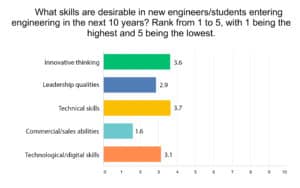
Chart 3: MEC weigh in on desirable skills for future engineers.
Next, we had our engineers explain if the future of engineering is ASCE’s Vision 2025, and if their vision aligns with ASCE’s Roadmap? Below are some of their comments.
- It is a good vision. Engineers need to embrace and aspire to it. I’m concerned that many will perceive themselves as too busy “with the next project” to lift themselves to the higher level.
- It is it already beginning to happen. There isn’t money for the big civil engineering projects like there used to be, so creativity must be used to assist communities with their goals. It does.
- Yes, because the work we do is ever evolving, versatile, and indispensable.
- While I see it as the future of engineering, I don’t see other entities seeing it that way. As civil engineers, we could have done all these things 50 years ago. The main issue is other industries not wanting their professions to become obsolete. Therefore, the biggest challenge for engineers are other people we work this to achieve this now.
- Yes, I think engineers are continually asked to do “non-engineering” work, such as looking for innovative financing options and merging disciplines as technology changes.
MEC engineers were also asked how Vision 2025 can be achieved by 2025. Below are some of their views.
- I believe CEs are already seen as planners/designers/constructors. However, environmental concerns will gain importance in the future with a more rapidly changing climate and the associated impact on our infrastructure. I also see environmental changes having an increasing impact on public policy and project risk in the future.
- By being more involved with professional and environmental organizations and committees within these organizations, and more interaction with construction companies during the development phase of design projects.
- It will require a transition from traditional projects to projects that help communities achieve regulatory and community goals. I’ve been working with various communities on alternatives that comply with protective environmental regulations that are protective but affordable and sustainable within the communities’ economic and social means.
- To achieve this goal, more engineers need to take an active role in working in that direction. Right now, the overwhelming majority are passive towards those goals at best.
Finally, MEC engineers explain how they are personally working toward Vision 2025 initiatives.
- Getting exposure to different parts of the project and network.
- Understanding public policy and training/thinking across disciplines.
- I am personally taking advantage of every learning experience I can to achieve these things. People get too stagnant and don’t feel the need to—or feel they can’t—move up in the world. The sooner people start thinking they are capable, the sooner that Vision 202 will be achievable.
- By adopting green solutions, becoming certified for LEED/Env SP, etc., becoming involved in volunteer organizations, contributing to causes like Water for People, and supporting committees that link up with public policy input as priorities.
- By understanding public policy and training/thinking across disciplines.
